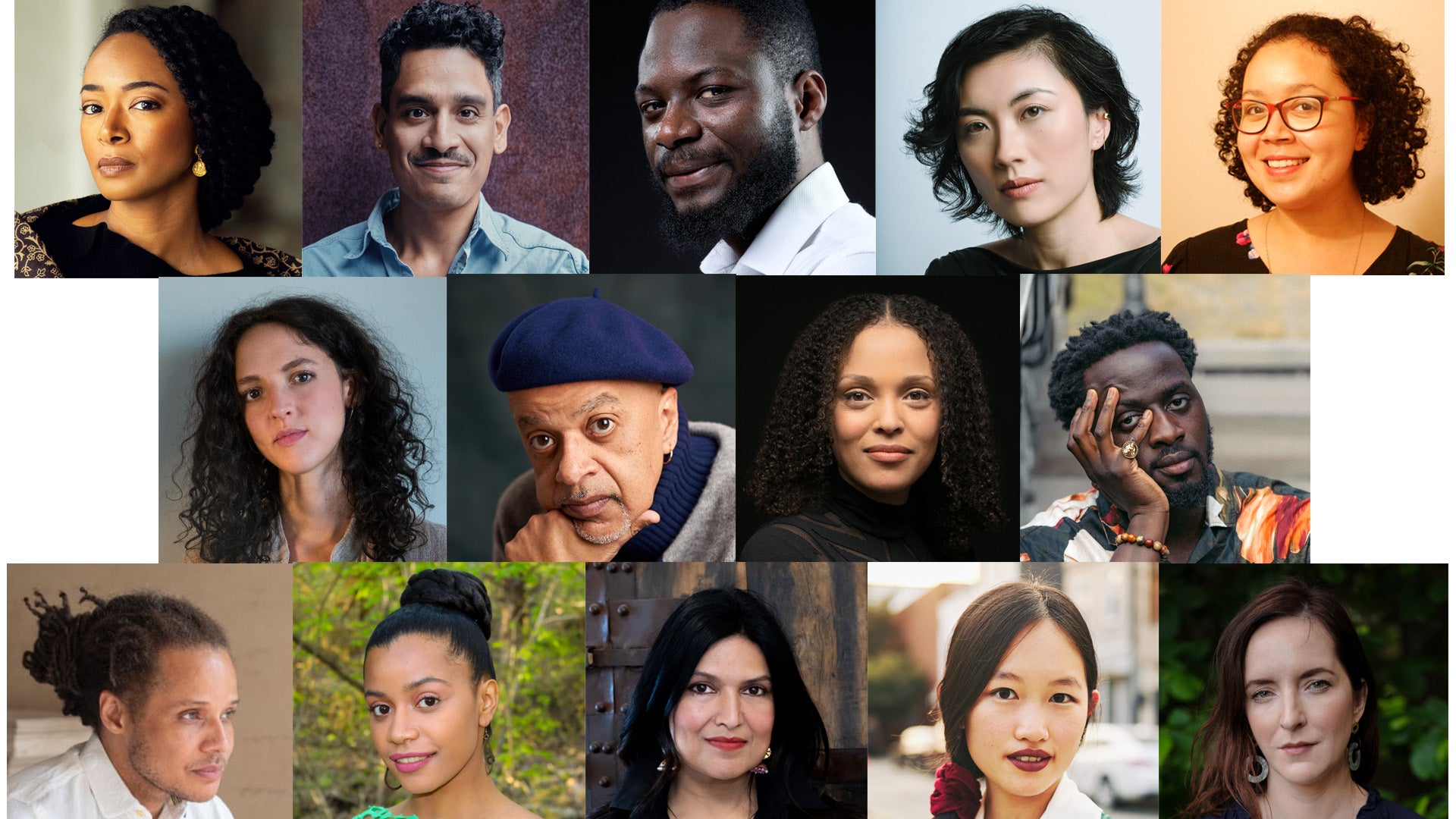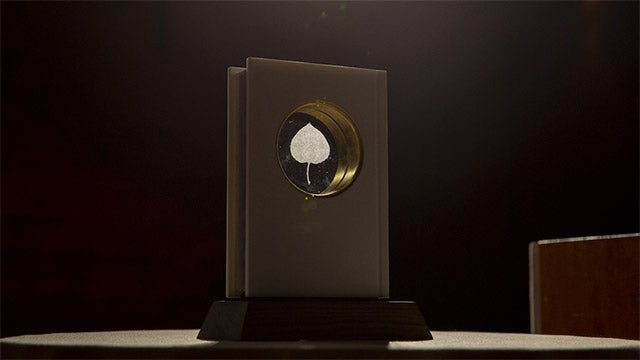Banned Books Week started in 1982 as an annual celebration of the freedom to read meant to draw attention to the harms of censorship. Thirty-six years later, this mission still resonates as books continue to be challenged all over the country and the world. In 2017, Angie Thomas’ young adult novel “The Hate U Give,” which sprang directly from the Black Lives Matter movement, was banned in several schools for its profanity and for depicting drug use. When Gustave Flaubert’s “Madame Bovary” was published in 1856, the book was banned by the French government and Flaubert was put on trial for the book’s overt sexuality. Last year, the Aspen Institute announced the inaugural Aspen Words Literary Prize for a work of fiction with social impact. During the research phase, the Aspen Words staff discovered that many of the books we looked to as examples of prize-worthy fiction had actually appeared on banned books lists throughout history. Books like The Adventures of Huckleberry Finn, To Kill A Mockingbird, The Handmaid’s Tale, Beloved, and Bastard Out of Carolina, to name a few. It made the establishment of this prize all the more mission-critical — to celebrate fiction’s capacity to illuminate vital contemporary issues and demonstrate the transformative power of literature on thought and culture. For Banned Books Week 2018 (September 23-29), the Aspen Words staff share some of their favorites.
Adrienne Brodeur – Barracoon: the Story of the Last “Black Cargo” by Zora Neale Hurston
Written by Zora Neale Hurston before she reached the height of her fame as an anthropologist and novelist, Barracoon: the Story of the Last “Black Cargo” wasn’t published until 2018 — almost 90 years after it was completed. The book tells the story of the slave Cudjo Lewis, who was captured in Africa at the age of 19 and brought to America in 1860. It’s a detail-rich, firsthand account of the horrors of capture, transport, and slavery, told in the dialect of a man (conversations were transcribed phonetically) who was one of the last-known survivors of the Atlantic slave trade. Although technically not banned, Barracoon went unpublished in Hurston’s lifetime as she refused to make the book palatable to a white audience by toning down the dialect.
Marie Chan – The Adventures of Huckleberry Finn by Mark Twain
Reading The Adventures of Huckleberry Finn at age 10 gave me a sense of my own agency. Here was a kid not much older than I was, rebelling against the things he didn’t trust. He questioned rules, societal norms, and most shockingly to my 10-year old self, adults! I felt a whole new world open up to me, one where I could trust my own instincts, question what didn’t make sense to me, and speak up when I wanted to. Growing up, Huckleberry Finn, much like Scout Finch, was one of my “book friends” I held close, often applying the “what would [insert character here] do?” rule to situations I found myself in. Books and characters like these taught me that wisdom, common sense, and doing the right thing, is not limited by age, and to trust myself, to be brave.
Jamie Kravitz – Anne Frank: The Diary of a Young Girl by Anne Frank
Anne Frank: The Diary of a Young Girl is one of the books that made me love reading. After this book, I tracked down every World War II book I could find, quickly followed by many, many other books — all of which built in me a life-long trust that reading could teach me things and take me places that I could never even have imagined.
Elizabeth Nix – A Light in the Attic by Shel Silverstein
This collection of poems and drawings by Shel Silverstein taught me poetry can be weird, witty, and fun! First published in 1981, the book spent 182 weeks on the New York Times best-seller list. Over the years, some schools have banned A Light in the Attic because, among other purported misdeeds, it encourages children to be disobedient, with poems such as “How Not to Have to Dry the Dishes.” I think Silverstein’s work encourages kids to be creative thinkers, and I’ve loved witnessing my young son’s delight as we’ve read it together.
Ellie Scott – The Bell Jar by Sylvia Plath
The Bell Jar by Sylvia Plath gripped me as a young woman with its shocking and realistic portrayal of the talented and brilliant Esther Greenwood’s descent into madness. The book caught me off guard and tilted the axis on which my world spun. It humanized the experience of one woman whose values and expectations didn’t always line up with those of her peers. I still remember reading the poetic “fig tree” passage from this book and thinking with absolute certainty, that Sylvia Plath had captured my reality through her characterization of Esther Greenwood. Such is the power of great literature: to tell the truth by placing us squarely in the lives of the characters. It’s a novel of despair, but also one of recovery.
Caroline Tory – Fun Home by Alison Bechdel
Before Fun Home, I had never read a book with a lesbian protagonist, and wasn’t sure whether the graphic novel even counted as a form of literature. This memoir — about Bechdel’s discovery of her own sexuality as she unpacks her relationship with her closeted gay father — expanded my understanding of what words and pictures can do together. Bechdel’s images are packed with meaning, and the prose is as sophisticated as any dense novel. She explores how the legacies of our parents affect us, and how we come to terms with who we are as individuals. This book made me understand the importance of making literature and publishing more inclusive and accepting of new forms and stories.


